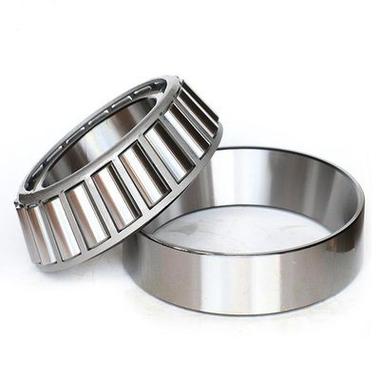Pillow Block Bearings: A Comprehensive Guide to Types, Installation, and Maintenance
Pillow block bearings are essential components in machinery, designed to support rotating shafts while reducing friction. These mounted bearings feature a housing unit ("pillow block") that protects inner bearings from contaminants. They're widely used in conveyors, agricultural equipment, and industrial systems due to their durability, easy alignment capabilities, and adaptability to various shaft sizes.
1. types of pillow block bearings2. how to install pillow block bearings
3. pillow block bearings maintenance
4. best pillow block bearings manufacturers
5. pillow block bearings vs plummer blocks
1. Types of Pillow Block Bearings

Pillow block bearings come in multiple configurations to meet industrial demands. Cast iron housing units with spherical roller bearings handle heavy radial loads, while stainless steel variants resist corrosion in food processing. Split-type designs allow easy maintenance without disassembling machinery. Specialty versions include temperature-resistant models for kilns and self-lubricating units for remote locations. The bearing material (chrome steel vs ceramic) significantly impacts load capacity and lifespan. Proper selection depends on operational speed, environmental conditions, and load direction (radial, axial, or combined).
2. How to Install Pillow Block Bearings
Proper installation ensures optimal bearing performance. Begin by cleaning the shaft and checking dimensional tolerances. Use hydraulic tools for interference fits, maintaining uniform pressure. Align multiple blocks with laser alignment tools to prevent premature wear. Apply appropriate lubricant before final tightening of set screws. Always follow manufacturer torque specifications – overtightening causes brinelling, while under-tightening leads to slippage. Implement thermal expansion compensation in high-temperature applications through calculated axial clearance.
3. Pillow Block Bearings Maintenance
Regular maintenance extends bearing service life. Implement vibration analysis to detect early misalignment or lubrication failures. Relubrication intervals depend on operational hours and environmental contaminants – typically every 500-2000 hours. Use grease compatible with both bearing material and operational temperatures. Monitor housing temperature; a 15°C rise above ambient indicates potential issues. Seal inspections prevent particle ingress – replace worn seals immediately. Always keep spare locking collars and adapter sleeves for emergency repairs.
4. Best Pillow Block Bearings Manufacturers
Leading manufacturers include SKF, Timken, NTN, and NSK. SKF's SNL series offers superior seal technology for harsh environments. Timken provides specialized units for mining applications with enhanced shock resistance. NTN excels in corrosion-resistant marine bearings, while NSK focuses on high-speed precision models. Always verify ISO 9001 certification and check for customized engineering services. Compare warranty terms and technical support responsiveness when selecting suppliers.
5. Pillow Block Bearings vs Plummer Blocks
While both support rotating shafts, plummer blocks feature two-piece housings for heavier loads. Pillow blocks excel in moderate-load applications with easier installation. Plummer blocks allow better heat dissipation but require more maintenance. Cost differences vary by application – pillow blocks are economical for standard setups, while plummer blocks suit extreme conditions. Material handling systems often combine both: pillow blocks for conveyor rollers, plummer blocks for drive pulleys.
Understanding these five critical aspects of pillow block bearings empowers engineers to optimize machinery performance. From selecting corrosion-resistant types in chemical plants to implementing predictive maintenance schedules, each factor impacts operational efficiency. Manufacturers continually innovate bearing materials and sealing technologies – staying informed about these advancements ensures competitive advantage. Whether upgrading existing systems or specifying components for new installations, this comprehensive knowledge helps prevent downtime and reduce lifecycle costs.
Pillow block bearings remain fundamental in industrial operations, with proper selection and maintenance directly impacting productivity. By implementing the practices outlined – from precision installation techniques to manufacturer selection criteria – facilities can achieve longer bearing lifespans and smoother operations. Always consult technical datasheets and consider application-specific requirements when making bearing decisions.




 13869596835
13869596835